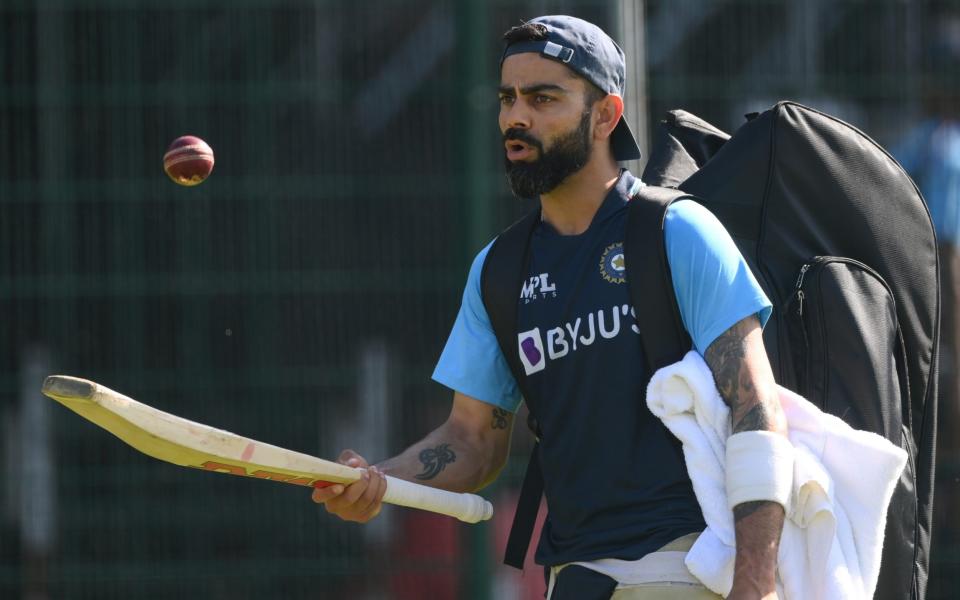How Virat Kohli's decision to give up T20 captaincy will help India flourish in the Test and one-day formats

Virat Kohli is to step down as captain of India’s Twenty20 team after next month’s World Cup in Dubai, he announced on Thursday.
The 32-year-old batsman, who captains his country in all three formats, will continue to play for the T20 side, as well as leading the Test and one-day international teams.
His decision was, most obviously, a reminder of how arduous it is to play a leading role in all three international formats.
Even a player with the phenomenal drive of Kohli decided that he needed “to give myself space to be fully ready to lead the Indian team in Test and ODI cricket”.
His departure as captain is in keeping with a discernible trend: the demise of all-format captains. Of the nine nations in the World Test Championship, only New Zealand and Pakistan are led by the same captain across all formats. It is a testament to both the unstinting demands of the schedule – New Zealand and Pakistan have less intense fixture lists than England or India, making combining the three jobs a little less taxing – and the growing divergence between the formats.
As captain – of the Test team since 2015, and the two limited-overs sides since 2017 – Kohli has scored runs with preternatural regularity. He averages 56.1 as captain in Tests, 72.7 in one-day internationals and 48.5 in T20s. Yet, there has been just a hint in recent times of a new fallibility in Kohli’s batting. His last international century was in November 2019; since the start of 2020, he is averaging 26.8 in Tests and a relatively unremarkable 46.7 in ODIs.
If being liberated from captaincy in one format helps to reinvigorate Kohli and extend the prime years of his career, India should benefit from his decision for years ahead.
Kohli’s greatest impact as India captain perhaps lies in his ferocious commitment to training and fitness, which has helped transform India from relative stragglers in the field. India’s intensity and self-belief, across all formats, is also in his image.
But there has always been a suspicion that, on the field, Kohli’s passion can lead to a lack of patience – overreacting to the last match, the last over, or even the last ball, at the expense of the team’s larger plan.
While Kohli has a terrific record as India’s T20 captain, his Indian Premier League record is lacklustre: his win-loss record as Royal Challengers Bangalore captain is just 45 per cent.
Rohit Sharma, Kohli’s friend and likely successor as T20 captain, has a very different record in the IPL, was also appointed IPL captain in 2013.
But while Kohli hasn’t won an IPL title, Sharma has led Mumbai Indians to five. Mumbai’s advantages over Bangalore have been multi-faceted – recognising that most T20 leagues are won by the quality of domestic players, developing a brilliant scouting network of domestic and overseas talent, conditions that ensure genuine home advantage. But captaincy has surely been one too: Rohit’s more reserved and less emotional style has proved the perfect fit for the inherent volatility of T20. When Rohit has stepped up as Kohli’s replacement in T20, India have also performed outstandingly, winning 15 matches and losing just four.
It would be little surprise if, with an outstanding squad and evidence that his own T20 leadership has evolved in the past two seasons, Kohli ends India’s eight-year wait for a global crown by lifting the T20 World Cup in November. Yet even if Kohli’s T20 captaincy is denied the ending that he will crave, his decision should prolong his career – and so enhance India’s chances of future glories.

 Yahoo Sport
Yahoo Sport 





































